Some legendary creatures keep showing up in new places and old stories, which keeps their names alive in the search for undiscovered animals. Many reports mention consistent details about size, tracks, sounds, or habitats that line up with what scientists know about remote regions that still hide wildlife.
Researchers, local communities, and curious hikers continue to collect footprints, hair samples, photos, and eyewitness accounts. Field surveys and camera traps are used in forest canopies, swamps, deserts, lakes, and coastlines where conditions make regular monitoring difficult.
Bigfoot
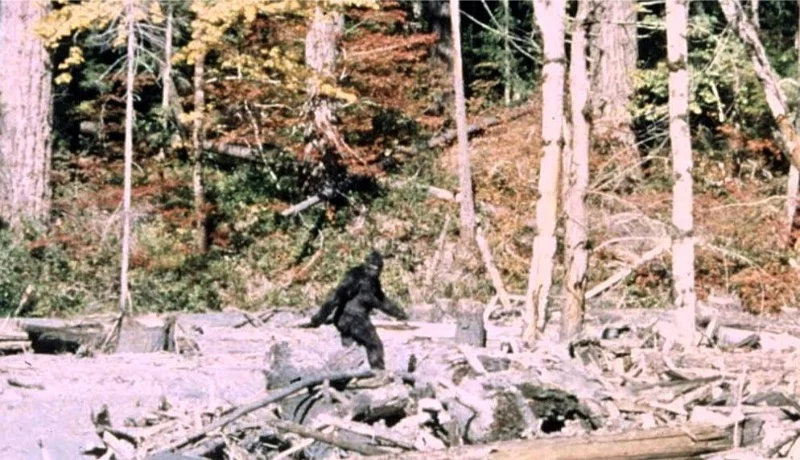 Roger Patterson and Robert Gimlin
Roger Patterson and Robert GimlinBigfoot is described as a large bipedal primate reported across the Pacific Northwest and other wooded parts of North America. Track casts, tree knock recordings, and hair samples are commonly collected in dense forests where visibility is low and seasonal weather limits access.
Wildlife biologists point to black bears standing upright and misidentified prints as possible explanations, while primatologists note that remote conifer forests could support a small breeding population if food sources are adequate. Formal surveys focus on travel corridors along ridgelines and river valleys where large mammals often move.
Yeti
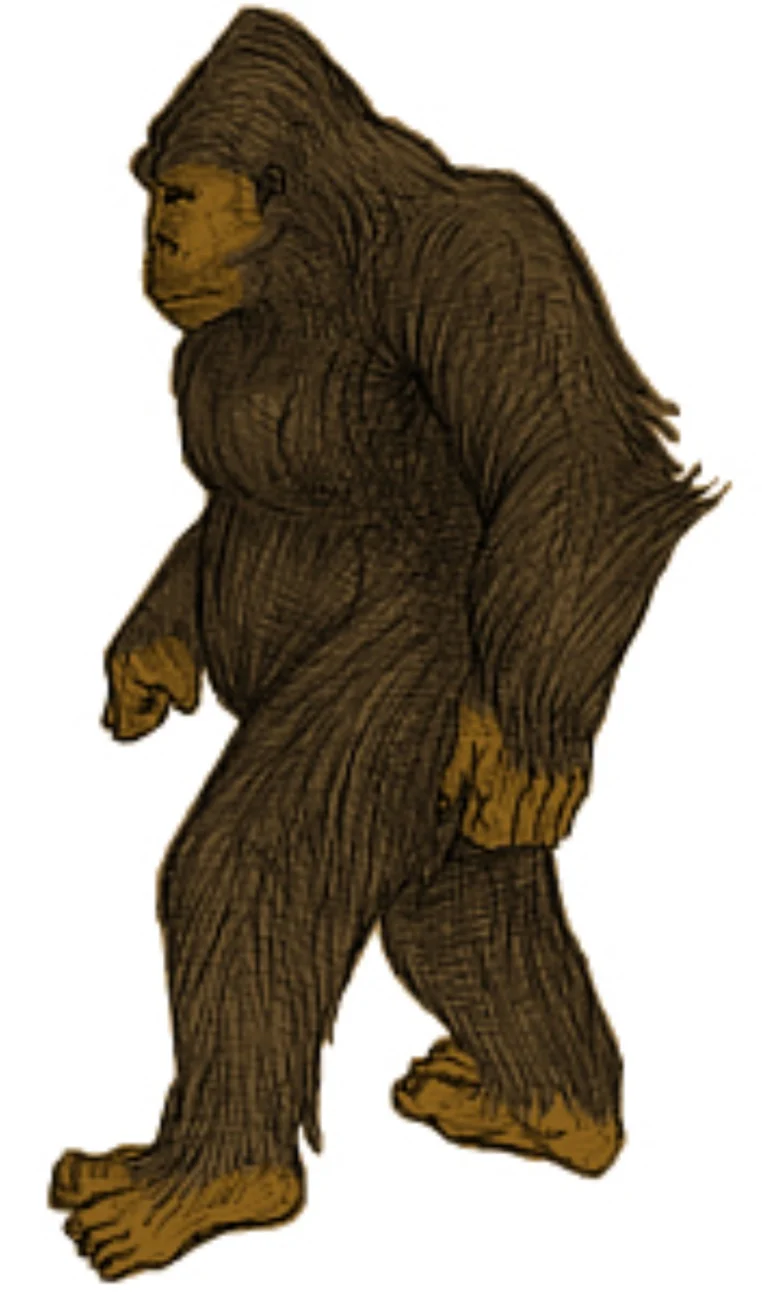 Ipipipourax
IpipipouraxThe Yeti is linked to high altitude zones in Nepal and Tibet where snowfields and rocky slopes preserve footprints longer than in lower forests. Mountaineering expeditions and local guides have documented prints matching a broad humanlike outline that appears after fresh snowfall.
Genetic tests on hair attributed to the Yeti have sometimes matched known bears that live above the tree line. Researchers continue to target alpine passes and glacial margins for samples during late winter when snow conditions make tracking easier.
Orang Pendek
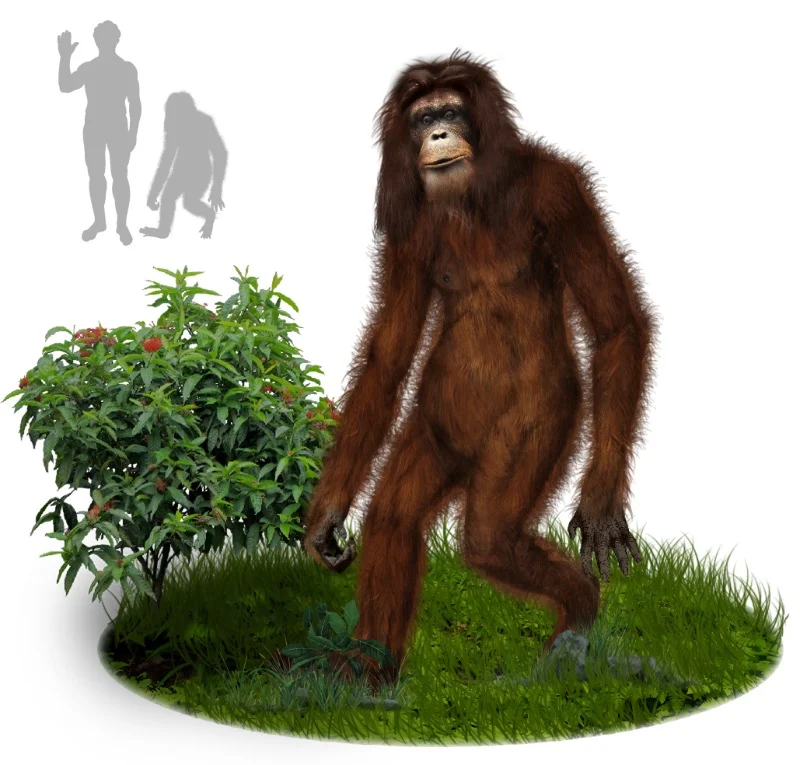 Tim Bertelink
Tim BertelinkOrang Pendek is reported from the rainforests of Sumatra in Indonesia. Witnesses describe a small upright primate that moves along forest edges and riverbanks where fruiting trees attract wildlife.
Conservation teams working on Sumatran fauna run camera traps that capture sun bears, gibbons, and ground birds. These cameras are also placed on game trails at buttress roots where prints can be photographed with scale bars for later analysis.
Loch Ness Monster
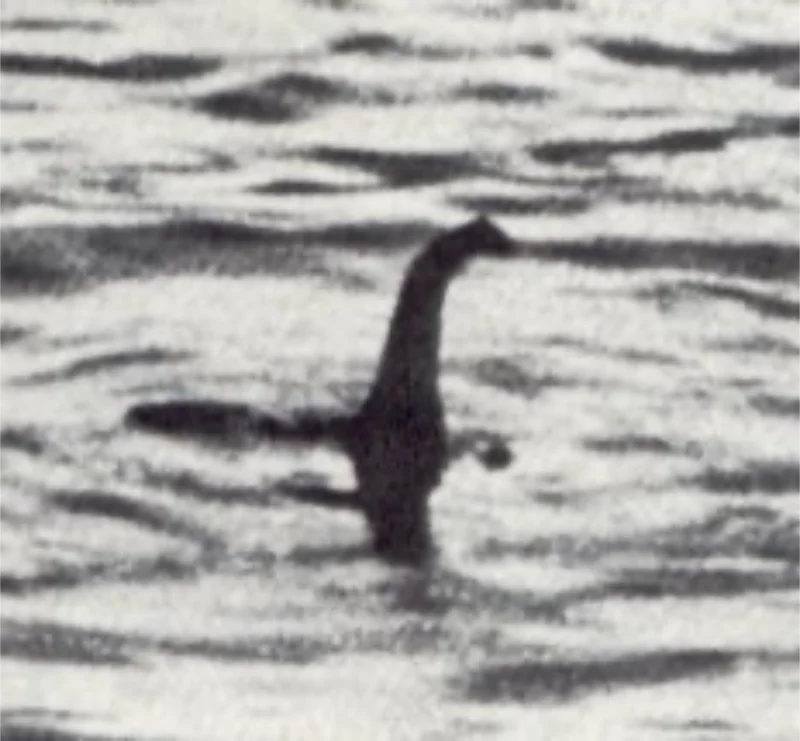 Robert Kenneth Wilson
Robert Kenneth WilsonThe Loch Ness Monster is associated with Scotland’s Loch Ness, a deep freshwater lake with steep sides and limited shoreline access. Sonar scans, hydrophone recordings, and time lapse cameras monitor surface disturbances and underwater targets in narrow channels.
Limnologists study the loch’s thermocline, suspended sediment, and fish schools that can produce unusual sonar returns. Surveys also log boat traffic and wind patterns since wakes and standing waves can create shapes that look like a long neck or hump from a distance.
Champ
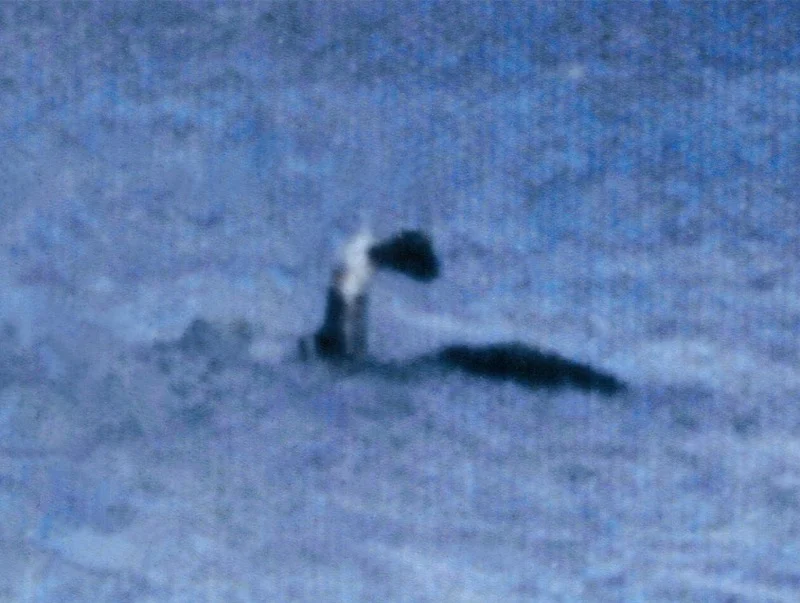 Sandra Mansi
Sandra MansiChamp is the name given to a large aquatic animal reported in Lake Champlain on the border between New York, Vermont, and Quebec. The lake’s length and depth create long sightlines where surface shapes can appear larger than they are, especially during temperature inversions.
Field teams use drones, shoreline vantage points, and coordinated timing with ferry schedules to separate wakes from potential biological targets. Fisheries data on alewife and smelt are used to predict when predatory fish or other large animals might surface to feed.
Thylacine
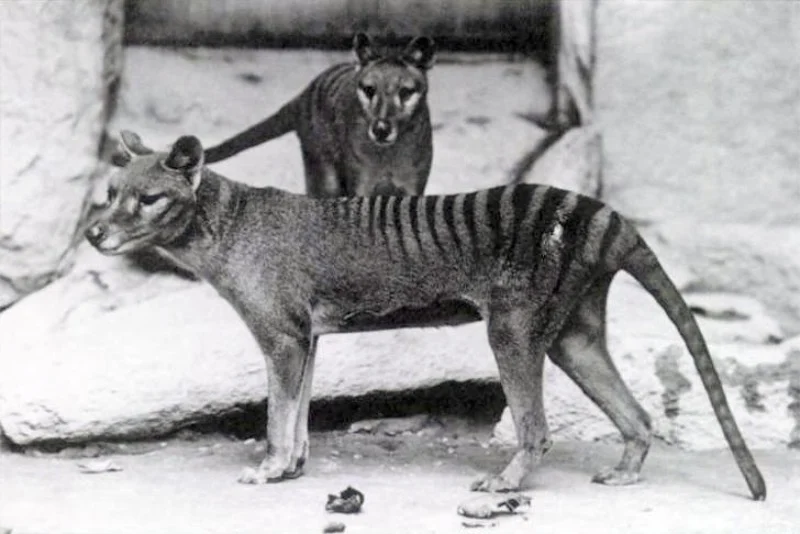 Baker; E.J. Keller.
Baker; E.J. Keller.The Thylacine, also called the Tasmanian tiger, is an officially extinct marsupial once native to Tasmania and mainland Australia. Modern reports come from remote valleys and button grass plains where road access is limited and vegetation is dense.
Ecologists map sightings against wallaby populations and shelter availability to identify search blocks for camera trap arrays. Researchers review trail footage for characteristic stiff tail posture and gait patterns that differ from foxes and dogs.
Chupacabra
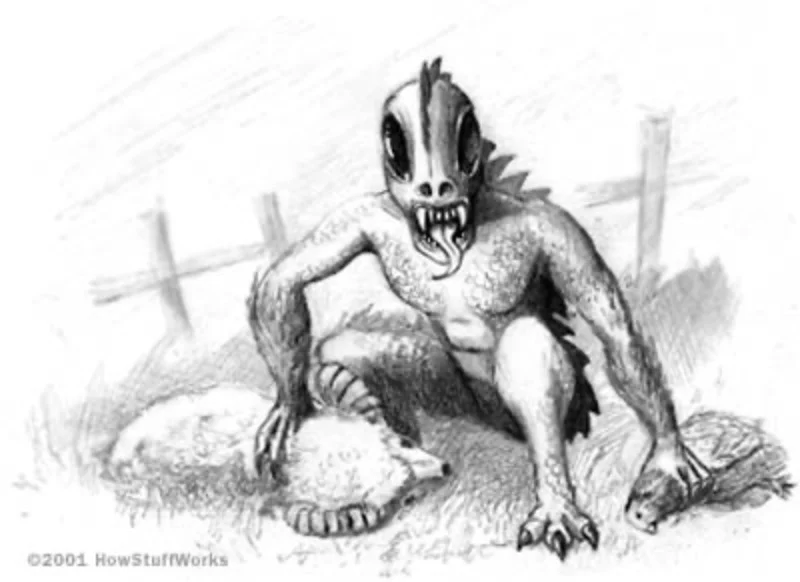 Jeff Carter
Jeff CarterChupacabra reports originated in Puerto Rico and later spread to parts of the Americas. Livestock deaths are often linked with blood loss or unusual bite marks, which leads farmers to search for a predator that leaves minimal tracks.
Veterinary examinations frequently attribute carcass conditions to scavengers and common canids with mange that alters appearance. Wildlife agencies recommend enclosure checks, motion lighting, and carcass necropsies to document tooth spacing and feeding behavior.
Mongolian Death Worm
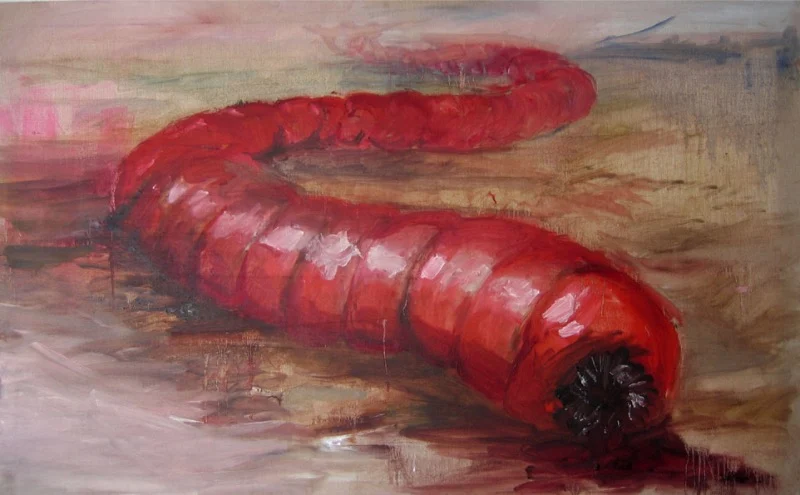 Pieter Dirkx
Pieter DirkxThe Mongolian Death Worm is said to live in the Gobi Desert in areas of shifting dunes and sparse vegetation. Accounts describe a burrowing animal that appears after rainstorms when the ground is damp and insects are active.
Expeditions plan transects along dry riverbeds and interdune corridors where burrow openings are easier to spot. Researchers collect soil temperature and moisture data to model when subterranean animals are most likely to reach the surface.
Bunyip
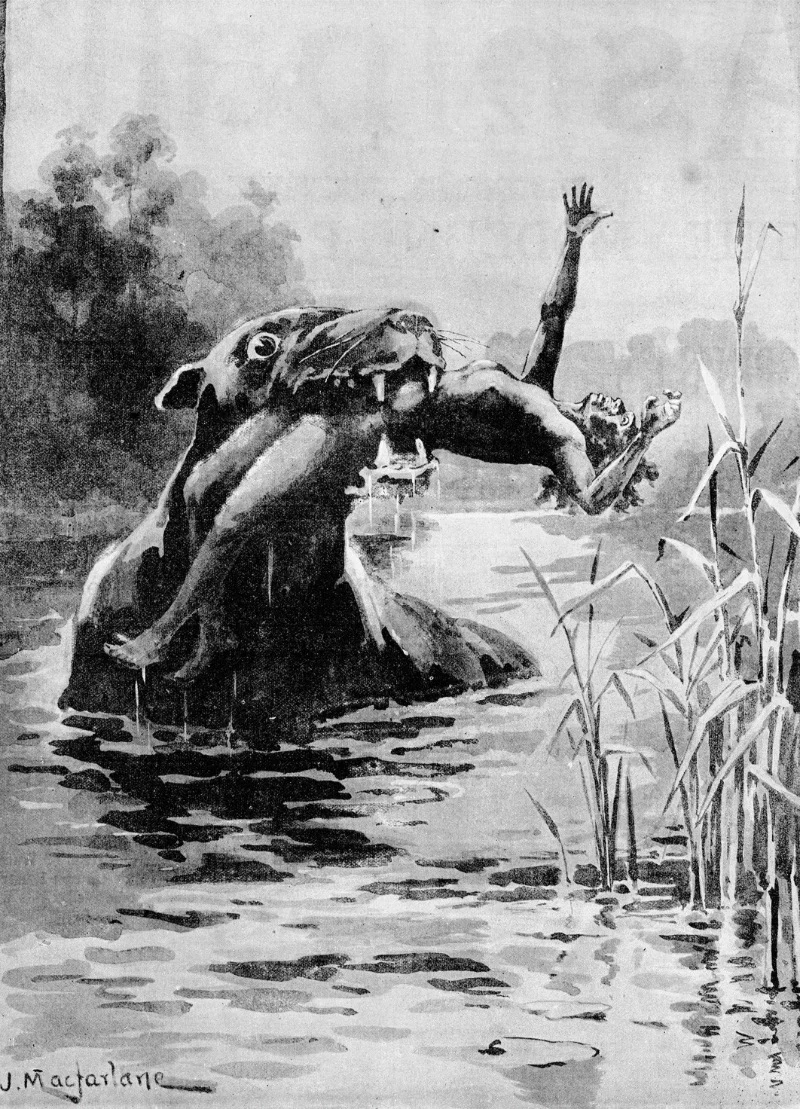 Macfarlane, J.
Macfarlane, J.The Bunyip appears in Australian waterhole and billabong traditions connected to seasonal floods. Reports often involve low light conditions near reed beds and mudflats where bird calls and mammal movements are hard to identify.
Ecologists point to large seals moving inland through river systems during high flow years and to booming calls from bitterns that carry over water at night. Surveys place audio recorders near backwaters to compare unknown sounds with known species libraries.
Kraken
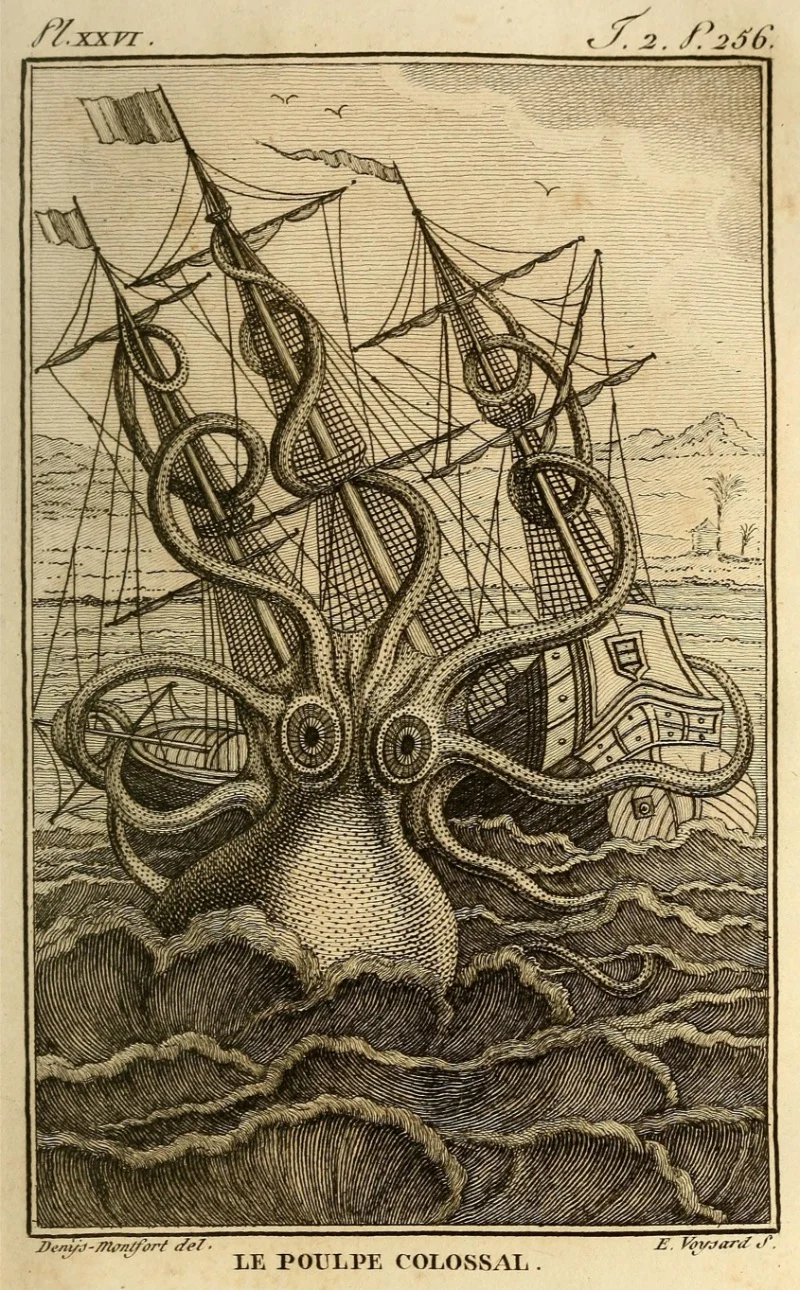 Pierre Denys de Montfort
Pierre Denys de MontfortThe Kraken legend matches observations of very large cephalopods along cold ocean currents. Modern research has documented giant and colossal squid that occupy deep water zones and occasionally float to the surface after upwelling events.
Marine surveys deploy baited cameras and trawl nets at depth contours where sperm whales feed. Ship crews log encounters with drifting tentacles and floating carcasses, which provide tissue samples for size estimates and life history studies.
Almas
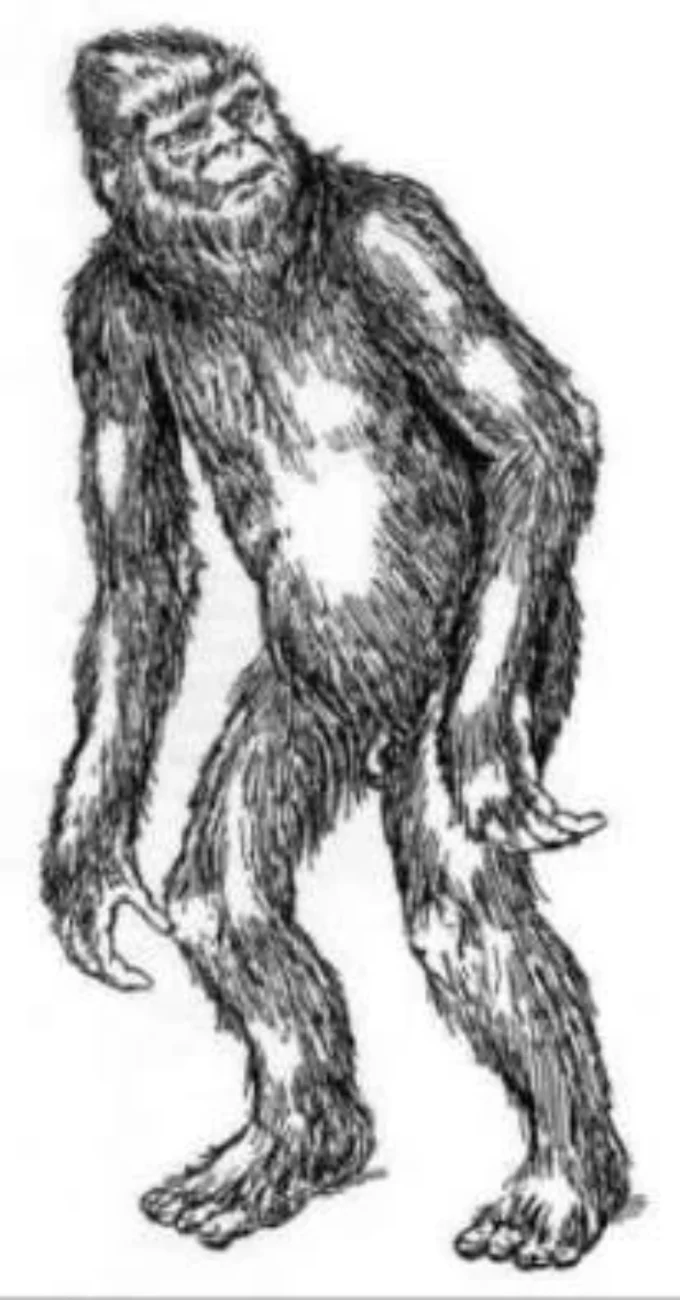 JP Maniac
JP ManiacAlmas are wild hominid reports from the Caucasus and Mongolian mountain regions. Sightings cluster near pastoral routes and high meadows where livestock and water sources draw wildlife at dawn and dusk.
Anthropologists compare descriptions with known primate and human variation while mapping routes that connect summer and winter pastures. Track surveys focus on mud patches near springs where overlapping hoof prints can still preserve larger humanlike impressions.
Mapinguari
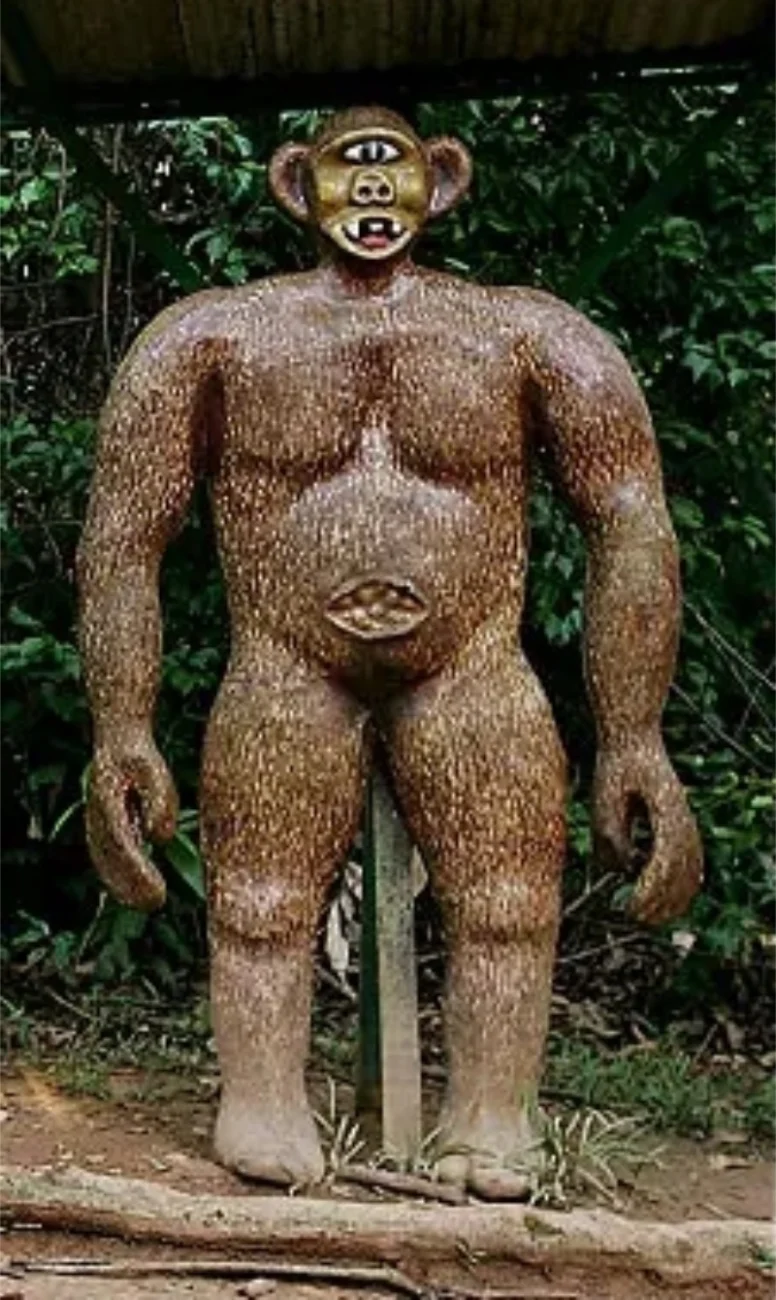 Lalo de Almeida
Lalo de AlmeidaThe Mapinguari is associated with Amazonian forests in Brazil and neighboring countries. Reports describe a large shaggy animal with a strong odor that moves through terra firme forest and várzea zones.
Mammalogists suggest that giant anteaters and bears in neighboring ranges may explain some accounts, while also noting that Amazonian interiors remain undersampled. River based teams use boat landings to establish camera trap grids along clay licks and salt licks used by tapirs and deer.
Yeren
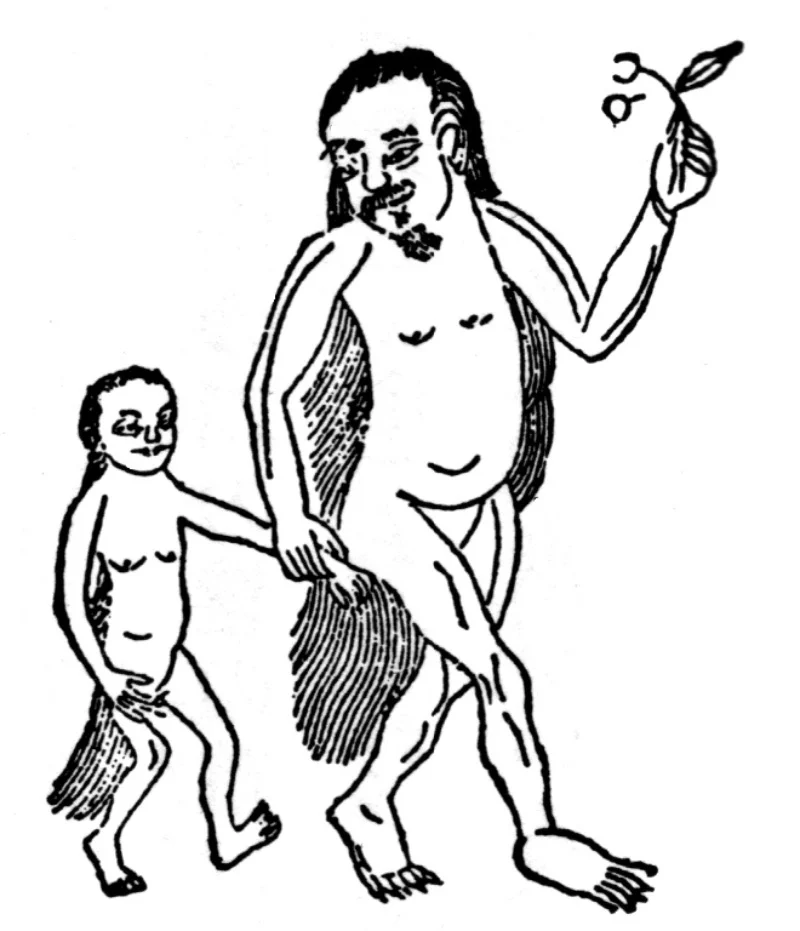 Hu Wenhuan
Hu WenhuanYeren sightings come from mountainous forests in central and southern China. Reports mention reddish hair and long strides on steep slopes where tea terraces and bamboo stands border protected reserves.
Fieldwork combines night walks with thermal imaging along ridgelines that funnel animal movement. Museums catalogue hair and scat samples and check them against local primates, bears, and livestock to screen for misidentifications.
Thunderbird
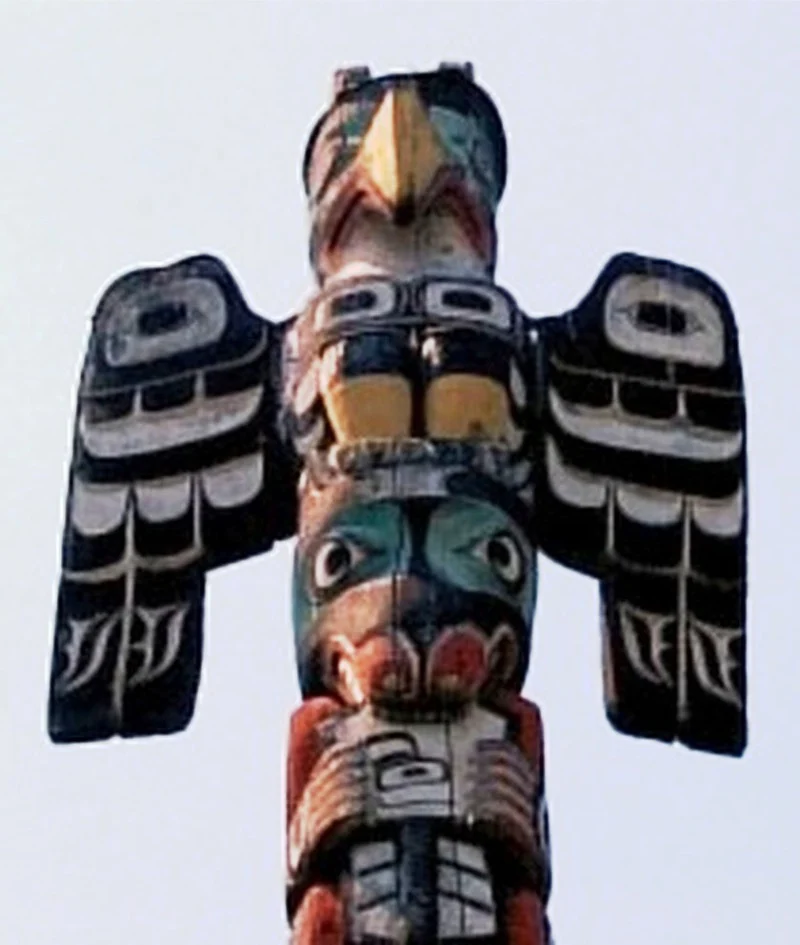 Dr. Haggis
Dr. HaggisThunderbird reports describe giant birds with expansive wingspans over prairies, river valleys, and mountain fronts in North America. Sightings tend to follow thermals and wind corridors where large birds gain altitude with minimal effort.
Ornithologists compare accounts with known soaring species such as turkey vultures and eagles, then review weather data for lift conditions that match reported times. Photographers are encouraged to include landmarks in images to improve size estimates.
Jersey Devil
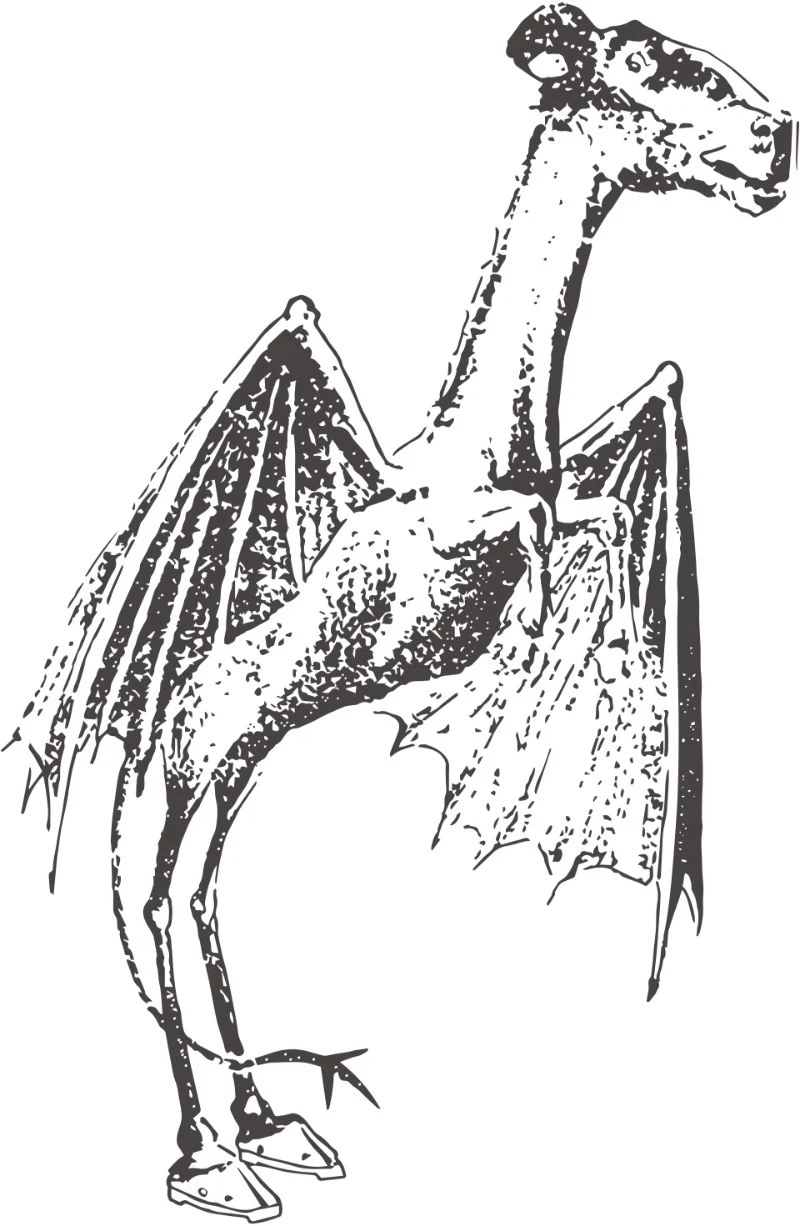 Vectorized by Kj1595
Vectorized by Kj1595The Jersey Devil is linked to the Pine Barrens of New Jersey, a region of sandy soils, bogs, and pitch pine forests. Reports often come from rural roads and cranberry bog edges where night fog and low visibility are common.
Natural history records show that owls, cranes, and foxes produce calls and silhouettes that seem unusual in headlight beams. Conservation staff track wildlife corridors that cross secondary roads and set up roadkill surveys to document species presence at night.
Share the creature you think has the best case for real survival in the comments.

.jpeg)


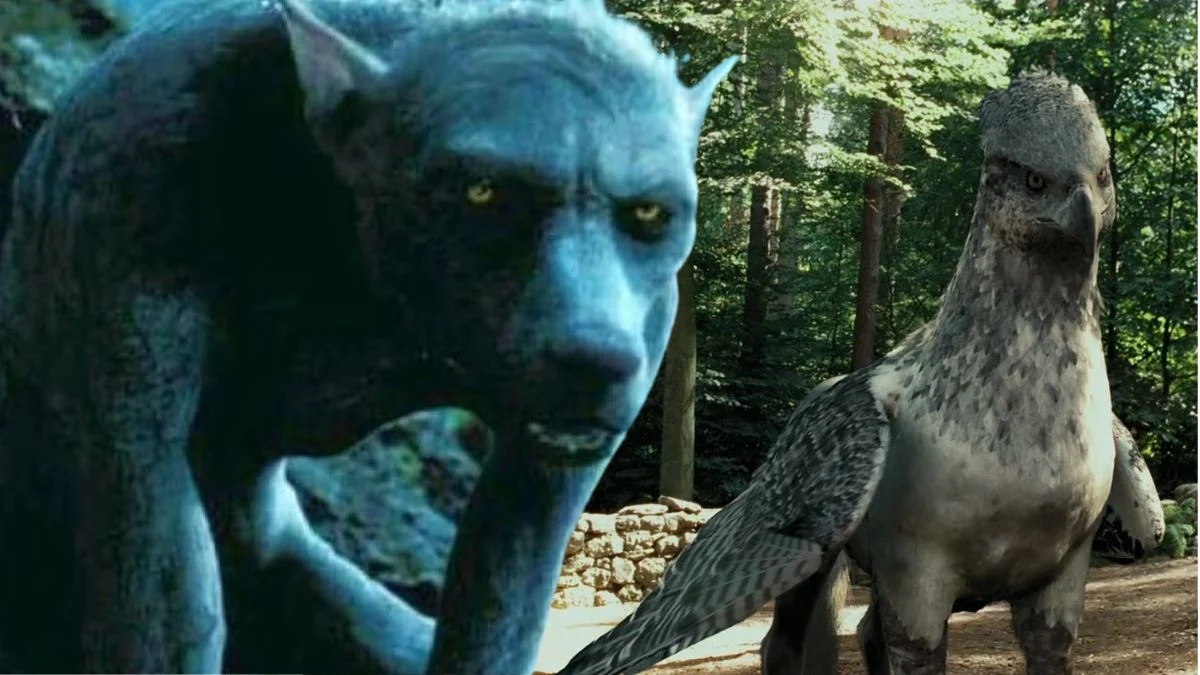


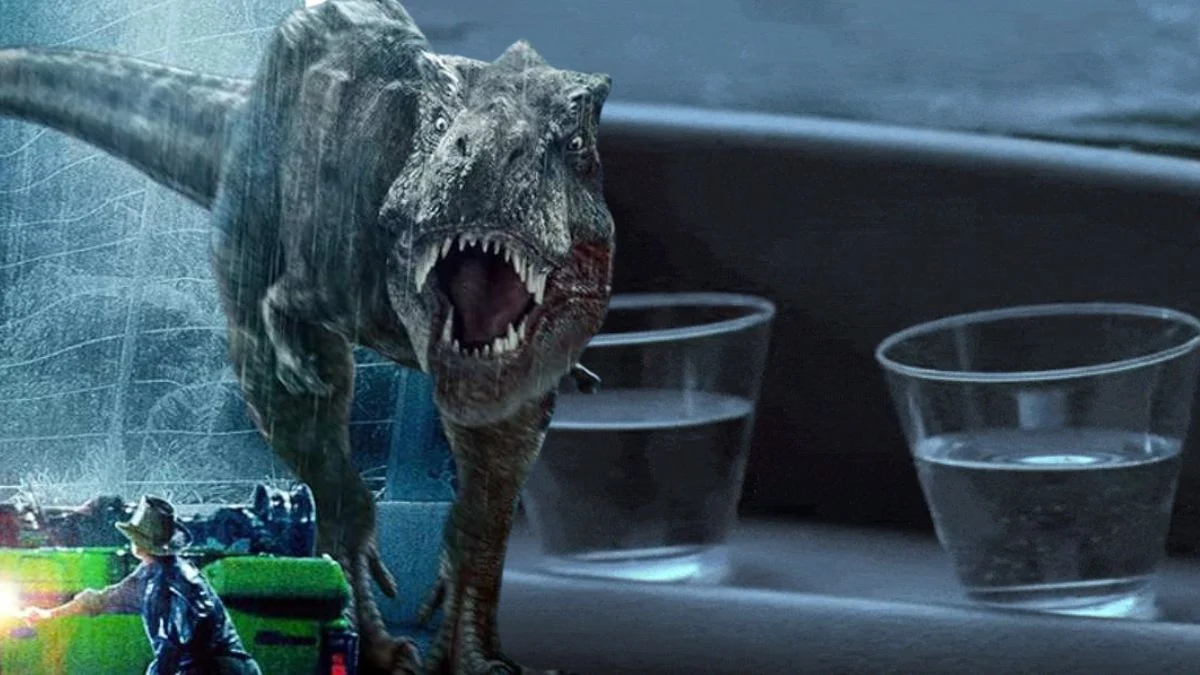


















.jpeg)












 English (US) ·
English (US) ·